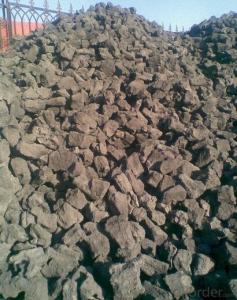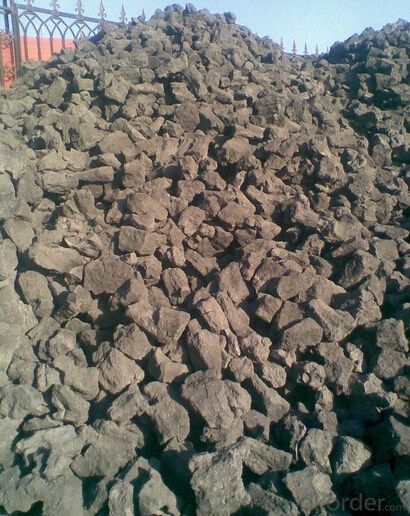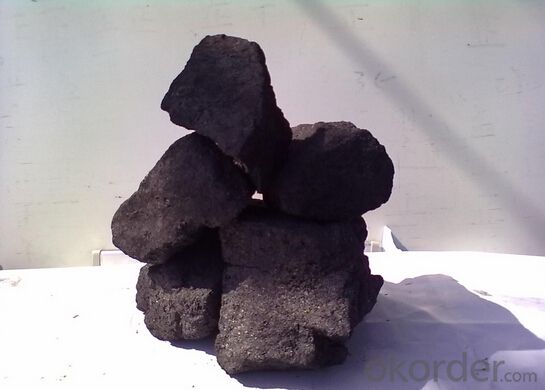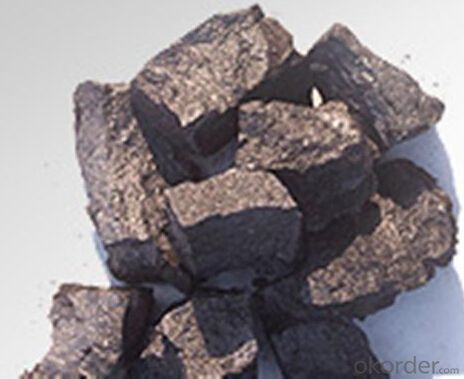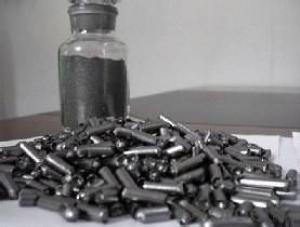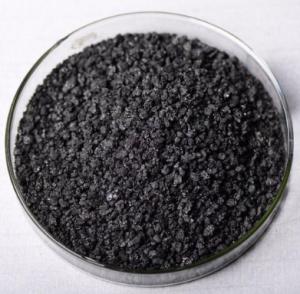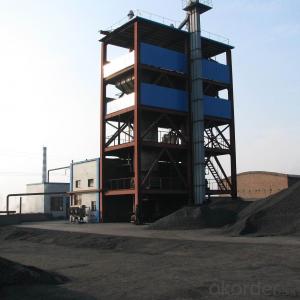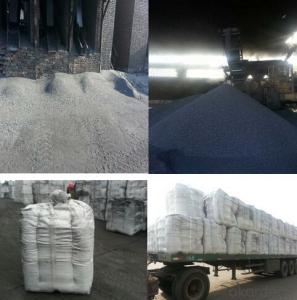Recarburizer of coke supplier Carburant
- Loading Port:
- Dalian
- Payment Terms:
- TT OR LC
- Min Order Qty:
- 10 m.t
- Supply Capability:
- 500000 m.t/month
OKorder Service Pledge
Quality Product, Order Online Tracking, Timely Delivery
OKorder Financial Service
Credit Rating, Credit Services, Credit Purchasing
You Might Also Like
Specification of Recarburizer:
Supply recarburizer 5--15mm
- Quick delivery with strong package
- Competitive price
- best seller
Recarburizer Data Sheet:
F.C | 98%MIN |
ASH | 0.3%MAX |
VM | 1.5%MAX |
S | 0.5%MAX |
SIZE | 5--15MM |
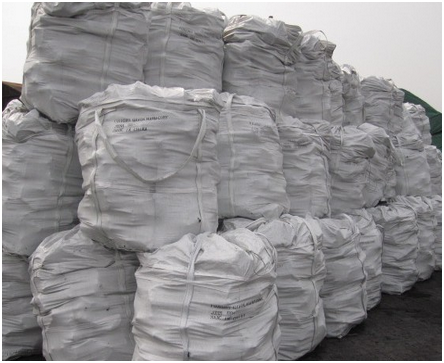
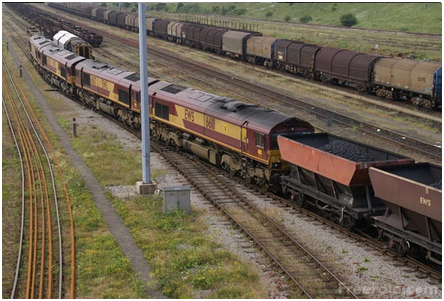
- Q: How does carbon affect the taste of food and beverages?
- Carbon, in the form of activated charcoal or carbonation, can significantly affect the taste of food and beverages. Activated charcoal is known for its ability to absorb impurities and toxins, making it a popular ingredient in various food and drink products. When added to food and beverages, activated charcoal can help remove unpleasant odors and flavors, resulting in a cleaner and more enjoyable taste. In terms of carbonation, it is widely used in beverages to create fizziness and enhance the overall sensory experience. Carbon dioxide gas is dissolved in liquids under pressure, which creates bubbles when the pressure is released, giving the drink a refreshing and effervescent quality. This carbonation effect can add a tangy or slightly acidic taste to the beverage, which is often considered pleasant and invigorating. Moreover, carbonation can also influence the taste of food. For example, the carbonation present in beer or sparkling wine can help cut through the richness of certain dishes, balancing flavors and providing a more refreshing palate cleanse. Carbonation can also be added to certain foods, such as bread or pastry dough, helping them rise and creating a lighter texture. It is important to note that while carbon can enhance the taste of food and beverages, its impact can vary depending on the specific application and concentration used. Additionally, the taste of carbon in food and beverages is subjective, and some people may prefer non-carbonated or charcoal-free options. Ultimately, the use of carbon in culinary applications offers a wide range of possibilities for taste enhancement and sensory experiences.
- Q: How many points can Yongan change for 1 carbon coins?
- Yongan APP one hundred carbon points, change a carbon coin
- Q: Method for making carbon fiber board
- Carbon fiber sheet is a carbon fiber heating paper, which is insulated and protected by epoxy resin.
- Q: Is carbon a metal or non-metal?
- Carbon is a non-metal. It is located in group 14 of the periodic table, also known as the carbon group. Non-metals generally have properties opposite to those of metals, such as being poor conductors of heat and electricity, having low melting and boiling points, and being brittle. Carbon, specifically, is known for its ability to form a variety of allotropes, including graphite and diamond. These allotropes have different physical and chemical properties, but they all share the characteristic of being non-metals.
- Q: What is the role of carbon 60 in industry? Can it be interchanged with the chemical properties of carbon? What is the chemical structure of carbon 60?
- Used to strengthen metals; used as a new catalyst for storage of gases
- Q: What are the different types of carbon-based polymers?
- Carbon-based polymers come in various types, each possessing unique properties and applications. Some commonly encountered variants include: 1. Polyethylene (PE): Esteemed for its exceptional strength and chemical resistance, PE is extensively utilized in packaging materials, plastic bottles, and pipes. 2. Polypropylene (PP): PP is akin to PE, but it boasts a higher melting point and superior heat resistance. This makes it a popular choice for automotive parts, textiles, and food packaging. 3. Polystyrene (PS): PS is a lightweight and rigid polymer frequently employed in packaging materials, disposable utensils, and insulation. 4. Polyvinyl chloride (PVC): PVC is a versatile polymer that can be either rigid or flexible based on the additives employed. It finds common application in pipes, electrical insulation, and flooring. 5. Polyethylene terephthalate (PET): PET is a robust and lightweight polymer commonly found in beverage bottles, food containers, and synthetic fibers. 6. Polyurethane (PU): PU is a flexible and durable polymer utilized in foams, coatings, adhesives, and textiles. 7. Polycarbonate (PC): PC is a robust and transparent polymer regularly utilized in eyeglass lenses, safety goggles, and electronic components. 8. Phenolic resins: Renowned for their exceptional heat resistance, these polymers are commonly employed in coatings, adhesives, and electrical components. These examples represent only a fraction of the diverse range of carbon-based polymers available. Each type possesses specific properties and applications, rendering them suitable for a wide array of industries and products.
- Q: How does carbon affect the formation of cyclones?
- Carbon dioxide (CO2) and other greenhouse gases, primarily emitted through human activities, contribute to the warming of the Earth's atmosphere. This increase in temperature impacts the formation and intensity of cyclones. Warmer sea surface temperatures provide more heat and moisture, fueling the development and strengthening of cyclones. Additionally, higher levels of carbon dioxide may lead to changes in atmospheric circulation patterns, potentially affecting the location and frequency of cyclone formation.
- Q: What's the difference between blue and red Panasonic batteries (carbon)?
- Blue is leak, proof, general, Purpose, general use battery (leak proof)Red is the long life long life battery (suitable for watches and clocks and other small power appliances)And heavy duty green seems to be good for high power appliances, such as toy cars
- Q: The main difference between steel and iron is the difference in carbon content
- The essential difference between steel and iron is that there is a difference in carbon content.1, steel, is a carbon content, mass percentage of 0.02% to 2.04% between the ferroalloy. The chemical composition of steel can have great changes, only the carbon steel is called carbon steel (carbon steel) or ordinary steel; in actual production, steel tend to use different with different alloy elements, such as manganese, nickel, vanadium and so on;2 iron is a chemical element. Its chemical symbol is Fe. It has an atomic number of 26. It is the most common metal. It is a kind of transition metal. A metal element with a second highest crustal content.Extension of knowledge point:Iron into pig iron and wrought iron. Wrought iron, steel and cast iron is an alloy of iron and carbon with the carbon content difference. Generally less than 0.2% carbon content that wrought iron or iron, the content of 0.2-1.7% in the steel, is iron content of more than 1.7%. Soft wrought iron, good plasticity, easy deformation, strength and hardness were lower, not widely used; iron carbon, hard and brittle, almost no plastic; steel pig iron and wrought iron with two kinds of advantages, widely used for human.
- Q: How are carbon nanotubes produced?
- Carbon nanotubes are produced through a process called chemical vapor deposition (CVD), which involves the use of a carbon-containing gas and a catalyst. In this process, a substrate is coated with a catalyst material, usually iron, nickel, or cobalt. The substrate is then placed in a high-temperature furnace, typically around 800-1000 degrees Celsius, and exposed to a carbon-containing gas, such as methane or ethylene. As the gas decomposes at high temperatures, carbon atoms are released and deposited onto the catalyst nanoparticles on the substrate. These carbon atoms then arrange themselves in a hexagonal pattern, forming a tube-like structure, which grows vertically from the catalyst particles. The growth of the nanotubes is driven by the difference in carbon solubility between the catalyst and the growing tube. The diameter, length, and alignment of the carbon nanotubes can be controlled by adjusting various parameters such as the temperature, gas flow rate, and catalyst material. By manipulating these parameters, researchers can produce carbon nanotubes with specific characteristics suitable for various applications. It's worth noting that there are other methods to produce carbon nanotubes, such as arc discharge and laser ablation, but CVD is the most commonly used method due to its scalability and ability to produce large quantities of nanotubes. Additionally, CVD allows for the growth of vertically aligned nanotube arrays, which are highly desirable for many applications.
Send your message to us
Recarburizer of coke supplier Carburant
- Loading Port:
- Dalian
- Payment Terms:
- TT OR LC
- Min Order Qty:
- 10 m.t
- Supply Capability:
- 500000 m.t/month
OKorder Service Pledge
Quality Product, Order Online Tracking, Timely Delivery
OKorder Financial Service
Credit Rating, Credit Services, Credit Purchasing
Similar products
Hot products
Hot Searches
